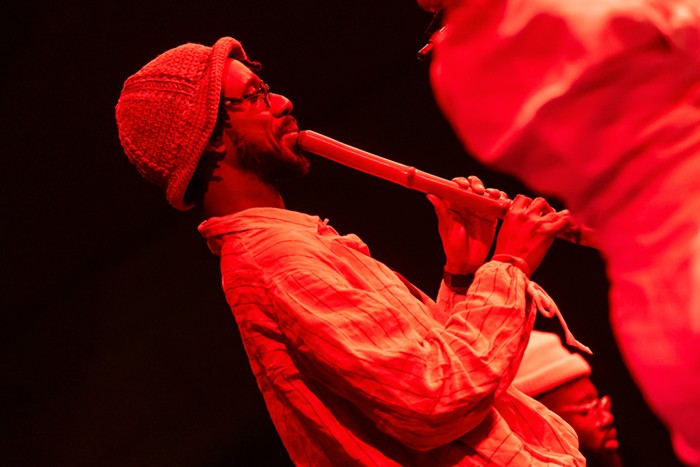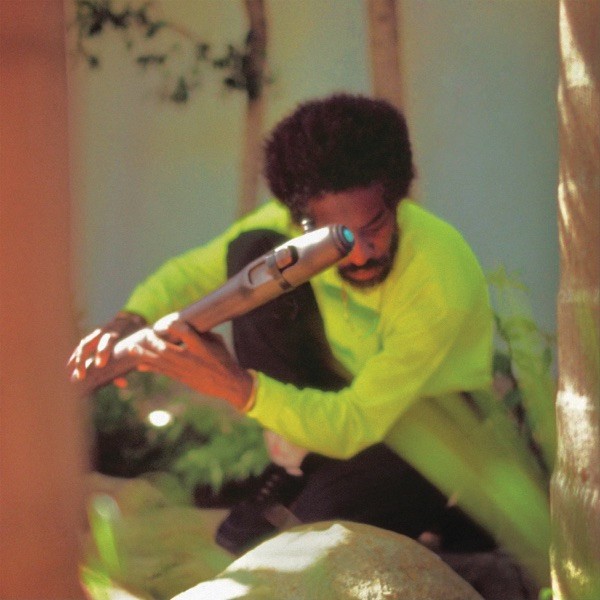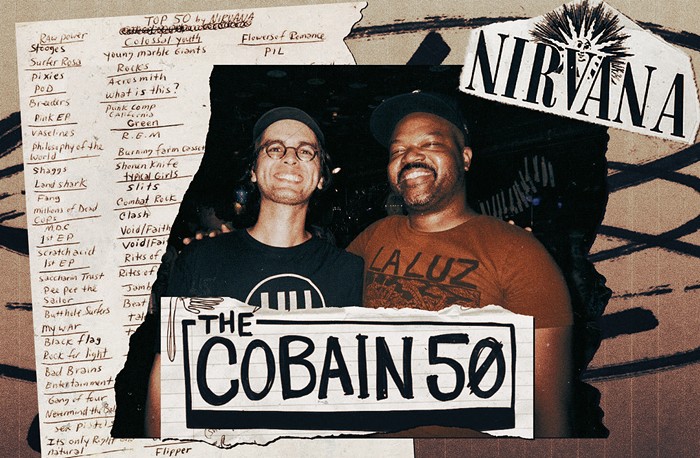Jini Dellaccio was born in Indiana in 1917. She learned how to play the saxophone, graduated from high school in 1935, and began touring the country with jazz bands. Take a second to imagine that: touring the United States as an 18-year-old female jazz saxophonist in the mid-1930s. "Jini," says Steve Lalor of the 1960s folk-psychedelic band the Daily Flash, "is one hell of a character."
Dellaccio is now in her 90s and living in Seattle, the undisputed queen of Northwest rock 'n' roll photography. Some say she's the queen of all rock 'n' roll photography. She was busy reinventing the way people took band portraits and concert shots six years before Annie Leibovitz starting cutting her teeth at Rolling Stone.
Dellaccio studied at the Art Institute of Chicago and was a fashion and travel photographer before her best-remembered work—those bold, dynamic photos of the Sonics, the Wailers, the Daily Flash, and Merrilee Rush (remember "Angel of the Morning"?), as well as the Rolling Stones, the Beach Boys, and Neil Young. She abandoned the popular but boring five-guys-in-a-line formula, instead taking musicians outdoors, making them climb trees, dragging them around to places with distinct architecture (Suzzallo Library, for example).
Dellaccio had stumbled into rock 'n' roll photography shortly after moving to Gig Harbor with her husband in 1961. As Lalor tells the story, and as Dellaccio's trustee confirmed, she met some scruffy guy in Tacoma who was in a rock band called the Wailers. She agreed to take photos of his group—but Dellaccio had thought he said "whalers."
"She thought they were gonna be fishermen!" Lalor laughs over the phone. "She thought they were going to show up in oilskin and boots and shit." Instead, a pack of rock 'n' roll longhairs knocked on her door. So she proposed they all sit down over coffee and get to know each other.
That was her mode, Lalor says. "Usually in a band, you'd go to guy's studio, stand around and look cool, and it's all businesslike." But when he and the rest of the Daily Flash drove to Dellaccio's house, "we came out in our '48 Packard hearse. And she's got this coffee table full of sweet bread and coffee. She didn't pick up her camera for four hours. She wanted to know about us, about our music, about what we hope to do, about why we like what we like... I was 21 years old, and this 40-year-old woman is asking me about my life and what I wanted! The fact that she was interested at all amazed all of us. When was the last time a 40-year-old woman asked us about that? We opened right up."
And then she'd start taking photos. She quickly became a hit. "As soon as other rock bands in the area saw those photos," Lalor says, "they said, 'We have to throw our photos away and go see this woman.'"
She kept playing with the form as she went—using silver in the developing process to give prints a special sheen, rubbing negatives with Vaseline and oilcloth to give them texture—but she's most admired for her composition.
"It's her groupings," says photographer David Belisle, who has photographed album covers for THEESatisfaction and others, published a book of his R.E.M. tour photography, and recently moved to New York. (He has also taken photos for The Stranger.) "She could put five people in a frame and there's still so much negative space, and everyone's faces still looked good."
In some ways, her style reflected the music those bands were playing: inventive, energetic, but cool. Merrilee Rush says a heavy vein of R&B helped anchor the "Northwest sound." Along with the raw energy of garage rock, they loved horn sections, Bobby Bland, and Ike and Tina Turner. Bands like the Wailers, she says, were "bringing it back and making it cool instead of that frenetic pop sound that can run away with you... We'd pull it back and make it groove."
Right now, British filmmaker Karen Whitehead is making a documentary about Dellaccio called Her Aim Is True. On February 17, significant rockers from that generation—Merrilee Rush, members of the Sonics, the Wailers, the Daily Flash, and many more—will play a benefit concert to raise money for the final push to get the film done.
For the musicians, it will be a reunion of sorts. "People who come are going to see a real piece of musical history," Rush says. "I always bring my camera, because you never know who's going to be around two weeks from now. We're losing so many people." ![]()



















